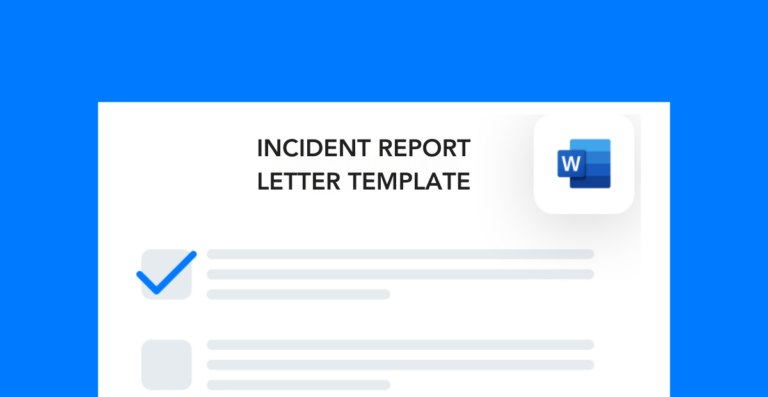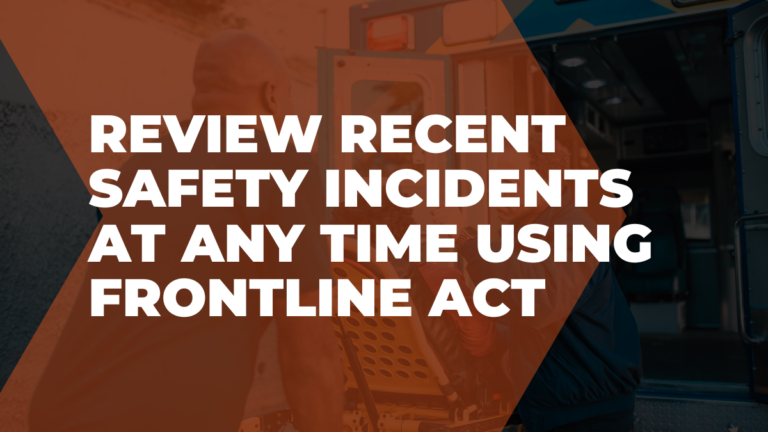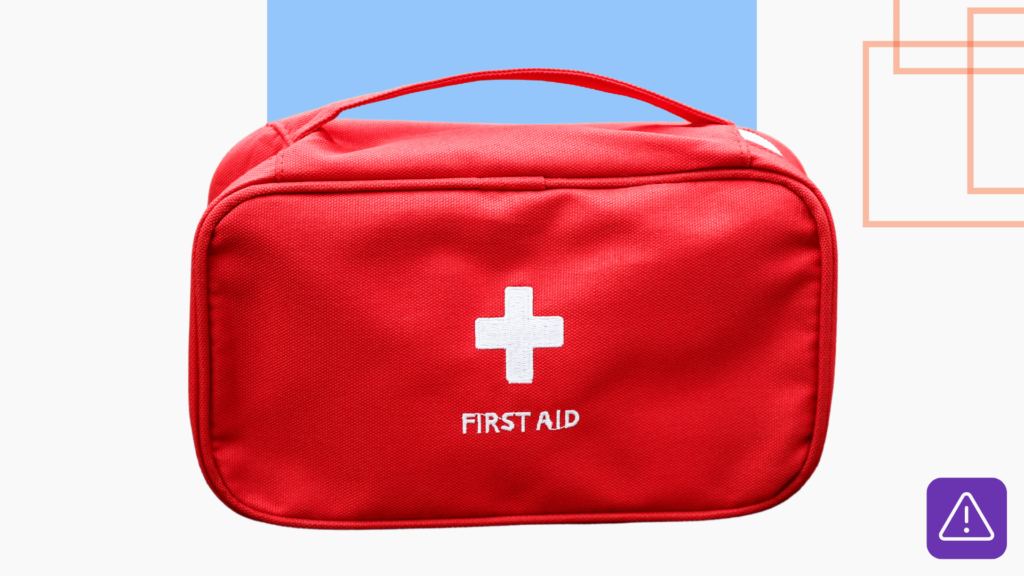Essential components of an incident reporting program
From near misses to fatalities, you should keep detailed records of all the safety incidents that happen at your facility. Not only are they vital for regulatory compliance, but they’re also very helpful for continuous improvement. Here are the key components your incident reporting program needs to be successful.
Immediate response protocol
How you handle the immediate fallout of an incident can set the tone for how the rest of the process goes. And it’s critical that you begin collecting information from the moment you arrive on the scene.
Of course, you want to make sure everyone’s safe before you start asking questions, taking pictures, etc. But, once you’ve secured the scene, start compiling information for your report.
Incident reporting programs outline a standard response protocol for managers to follow. Here are some examples of tasks the protocol might include:
- Make note of the immediate hazards you removed (spills, debris, etc.)
- Get a firsthand account of anyone involved in the incident
- Record the date and time of the incident
- Take pictures of the scene
- Identify witnesses and collect their statements
It’s important to record as much detail as possible immediately following an incident. That way, you don’t have to rely on delayed information. Having this protocol in place ensures that your team responds quickly and efficiently.
Anonymous reporting system
Frontline workers are your number one resource for improvement ideas. So, you need to make it easy for employees to report hazards, near misses, and other safety issues.
An anonymous reporting system is the best approach in my opinion. That’s because it allows workers to feel more comfortable making reports about sensitive subjects like the behavior of coworkers or managers.
You can set up an email for workers to submit reports to or create a form (print or electronic) for them to fill out. Just make sure your EHS team reviews new reports every single day so nothing falls through the cracks.
Training for operations leaders
I’ve worked at facilities where the EHS department was entirely responsible for writing incident reports. But the best practice I follow is to train every manager in how to write a concise and effective incident report. Here are the topics I cover:
- Which details should go into a report
- How soon to write a report after an incident occurs
- What to attach to a report
- How to write a high-quality incident description
There are two main benefits to teaching all managers this skill. First, it takes the pressure off the safety team to compile every single report on their own. Second, it gets floor managers more involved in safety, which then boosts employee engagement.
Corrective action planning process
No incident reporting program is complete without a process for planning and coordinating corrective actions. Every incident should come with at least one action item to complete. Oftentimes, there are several corrections to make.
It’s easy for these action items to fall through the cracks if you don’t have a standard way to track progress. Here’s the information you should track for follow-up action items:
- Who was the owner of the action item?
- When was the expected completion date?
- When was the actual completion date?
- What were the tasks completed?
- Are there additional action items to schedule?
Having this information on hand can help you gauge your team’s efficiency and review corrective actions long after they’re closed out. I find that going through past solutions can help me remember approaches that did and didn’t work for different problems.
Data management system
Finally, you need a good system for filing and organizing all your incident reports. You can file physical copies of reports, store them on a shared server, or use a cloud-based solution.
In health and safety, the best practice is to use EHS software to store and manage all documents. That’s because it’s easier to get an overview of all your data, past and present with a digital system (as opposed to a manual one). Plus, cloud storage allows you to access important reports from any computer.
With a data management system in place, you’ll be better prepared for compliance audits—both internal and external. And that means the risk of citations and critical incidents is lower as well.





